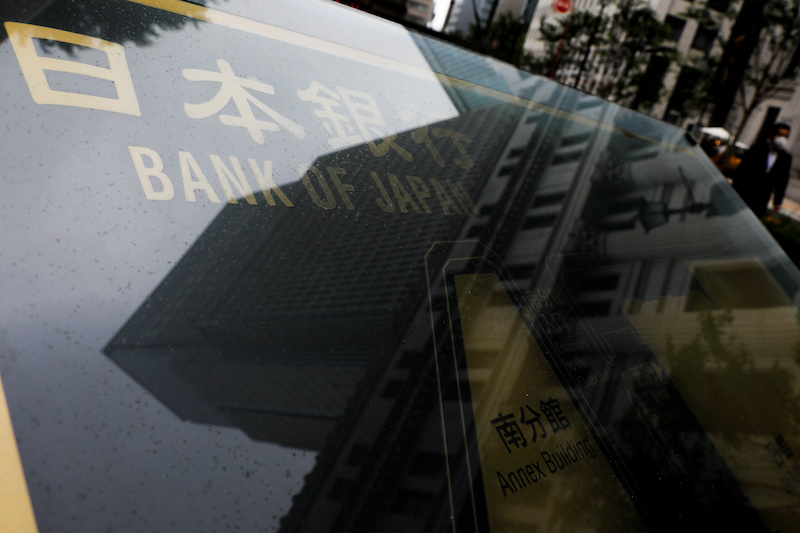The Bank of Japan’s decision last week to tweak its bond yield control policy was not a sign it’s about to give up on its ultra-easy policy, its deputy governor Shinichi Uchida said on Wednesday.
The move was aimed at making its massive stimulus more sustainable, Uchida said on Wednesday, adding there was still a long way to go before conditions fall in place for the BoJ to raise its short-term interest rate target from the current -0.1%.
“We made our policy more flexible to patiently continue with monetary easing,” Uchida said. “Needless to say, we do not have an exit from monetary easing in mind.”
Also on AF: Taiwan Shuts Schools, Stock Market as Typhoon Khanun Closes In
He added the BoJ stood ready to step in to stem sharp rises in long-term interest rates, even before the 10-year bond yield hits the newly set 1.0% cap.
“Depending on the speed of the moves, we will step in to stop the rise,” Uchida told reporters after meeting business leaders in Chiba prefecture. “If economic and price conditions remain roughly unchanged, I don’t expect interest rates to rise sharply.”
Under a policy called yield curve control (YCC), the BoJ has guided short-term interest rates at -0.1% and the 10-year bond yield around 0%. It also set an allowance band of 0.5% up and down around the 10-year yield target.
The central bank last week stunned markets by modifying the YCC to allow long-term interest rates to rise more freely in line with increasing inflation.
While the bank left unchanged its interest rate targets and the allowance band, it said it would now allow the 10-year yield to rise by as much as 1%.
There was a risk inflation could accelerate further and put upward pressure on long-term interest rates, Uchida said. By allowing yields to rise more freely, the BoJ could avoid causing volatile moves in bond and currency markets, he added.
Bank on Alert For Price Conditions Shift
“Every policy has its positive effects but it also always comes with costs. There is no free lunch for any policy,” Uchida said in a speech.
“When inflation expectations rise, not only the easing effects but also the side effects strengthen. It is necessary to strike an optimum balance between the two,” he said.
The BoJ did not have a pre-set schedule in mind on how soon it could raise interest rates, Uchida told the news conference.
“If economic and price conditions change from now, we might need to respond. If they don’t change much and long-term rates don’t move much, however, our current policy is quite robust,” he said, suggesting the BoJ was done fine-tuning YCC for now.
He also said the BoJ would maintain the yield targets until inflation sustainably and stably hits its 2% target.
“Japan’s deflationary mindset is starting to change. By nurturing this change, we can achieve our 2% target,” he said.
- Reuters with additional editing by Sean O’Meara
Read more:
BoJ Shock Move Drags on Nikkei, Stimulus Vows Lift Hang Seng
BOJ to Hold Workshop for Ueda’s Review of Monetary Easing
Yield Curve Call Sparks BOJ Policy Doubts as Yen Struggles
New BOJ Boss Ueda Sees Wages Rising, Global Rebound
























